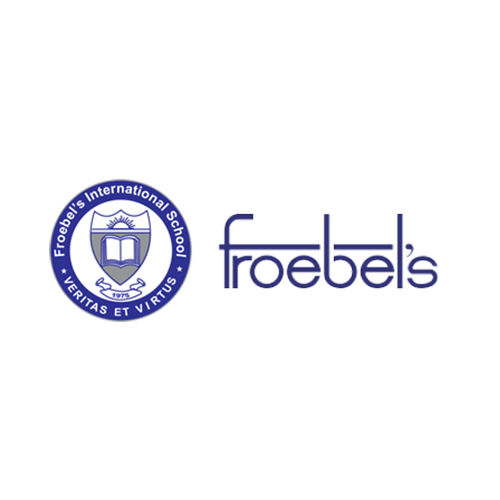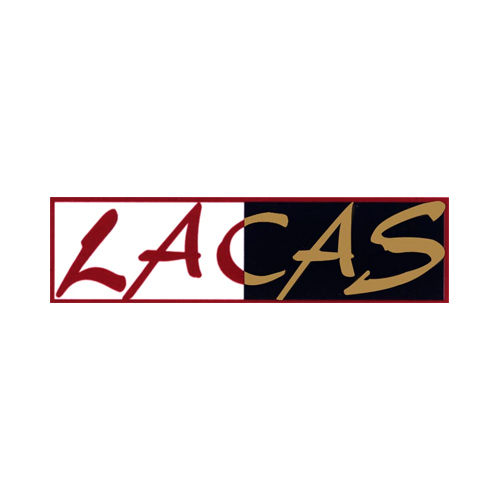
-
200+ Score Improvement
-
5x More Learning Material
-
80% Savings in Educational Expenses
Best Online Sat Exam
Preparation
Our Achievements




Learning Re-imagined
Our state-of-the-art digital learning platform, AfterSchool, re-imagines teaching and learning in an adaptive, data-driven manner. Some of its powerful features include:
-
Live Classes & Recorded Lecture Videos
-
Timed Exams & Quizzes, with Solutions
-
Online & Offline Doubt-Solving
-
Detailed Class Notes on each Subject
-
Two-Teacher Model
Choose Your SAT Prep Subscription

Students Talk About Us

Exceptional resources and very in-depth, strategic guidance! Highly experienced and encouraging mentor throughout the SAT journey, and interactive classes. Sir’s effort truly shines through!
College Board, the maker of the SAT, is introducing changes to both the content of the test and how the test is administered in order to better fit the needs of students and educators. Most notably, the test will transition from being taken with paper and pencil to being administered via a digital assessment platform accessed by computer.
While the transition to digital will bring a number of student- and educator-friendly changes, many important features of the SAT will stay the same. The SAT will continue to measure the knowledge and skills students are learning in school that matter most for college and career readiness. The digital SAT isn’t simply a digital version of the current paper and pencil test — it will be easier to take, more secure, and more relevant.
Changes have been made to both sections of the SAT in the digital version. These changes are outlined below.
Digital SAT Math:
Calculator use: Calculators are now allowed throughout the entire Math section. A graphing calculator is integrated into the digital test experience so that all students have access.
Question word count: The average length of Math word problems has been reduced. In-context questions are still a big part of the test, but they’re not quite so wordy.
Digital SAT Reading and Writing:
One test for Reading and Writing: While the pencil-and-paper SAT tested reading and writing in separate test sections, the digital SAT combines these topics.
Shorter passages (and more of them): Instead of reading long passages and answering multiple questions on each passage, students taking the digital SAT will encounter shorter passages, each with just one follow-up question.
New question types: With a greater number and variety of passages, the digital SAT includes new types of questions, with new prompts that require new strategies.
The Reading and Writing section of the digital SAT is designed to test students on reading comprehension, rhetoric, and language use by having students engage with academic and literary texts. Skills on the Reading and Writing test can be split into the following four categories:
Information and Ideas: Use, locate, interpret, and evaluate information from various texts and infographics.
Craft and Structure: Determine the meaning of high-utility academic words and phrases in context, evaluate texts rhetorically, and make supportable connections between multiple related texts.
Expression of Ideas: Use revision skills and knowledge to improve the effectiveness of written expression in order to accomplish specified rhetorical goals.
Standard English Conventions: Use editing skills and knowledge to make texts conform to core conventions of Standard English sentence structure, usage, and punctuation.
The Math section of the digital SAT is designed to test students on the math topics that are most important for college and career success.
Those topics can be split into the following four categories:
Algebra: Analyze, fluently solve, and create linear equations and inequalities, as well as analyze and fluently solve systems of equations.
Advanced Math: Demonstrate attainment of skills and knowledge central for successful progression to more advanced math courses, including analyzing, fluently solving, interpreting, and creating a variety of equation types.
Problem-Solving and Data Analysis: Apply quantitative reasoning about ratios, rates, and proportional relationships; understand and apply units and rates; and analyze and interpret one- and two-variable data.
Geometry and Trigonometry: Solve problems that focus on perimeter, area, and volume; angles, triangles, and trigonometry; and circles.
Questions on the digital SAT Math test come in two formats:
Multiple-choice: Questions offer four possible choices from which students must select the answer.
Student-produced response: Questions require students to produce their own answer, which they then enter into the provided field.
Use our comprehensive portal (Afterschool) for your practice: you will get an aple question bank exploring the different types of SAT questions, learning strategies for answering those questions, and practicing the skills those questions test.
The best way to practice individual skills is to explore both the digital SAT Math course and the digital SAT Reading and Writing courses on our portal.
In these courses, you can watch videos, go through byte-sized notes and ample practice material related to each topic.
Academic partnerships
To play, press and hold the enter key. To stop, release the enter key.












What will you learn?



